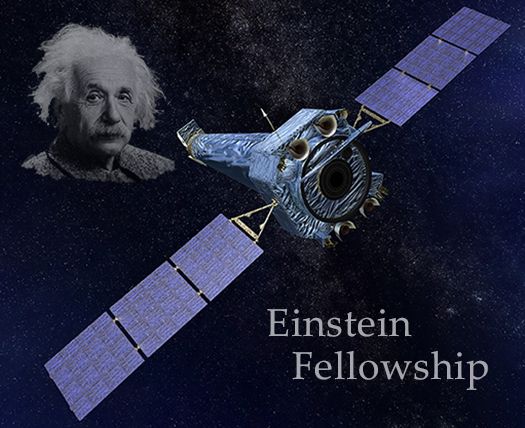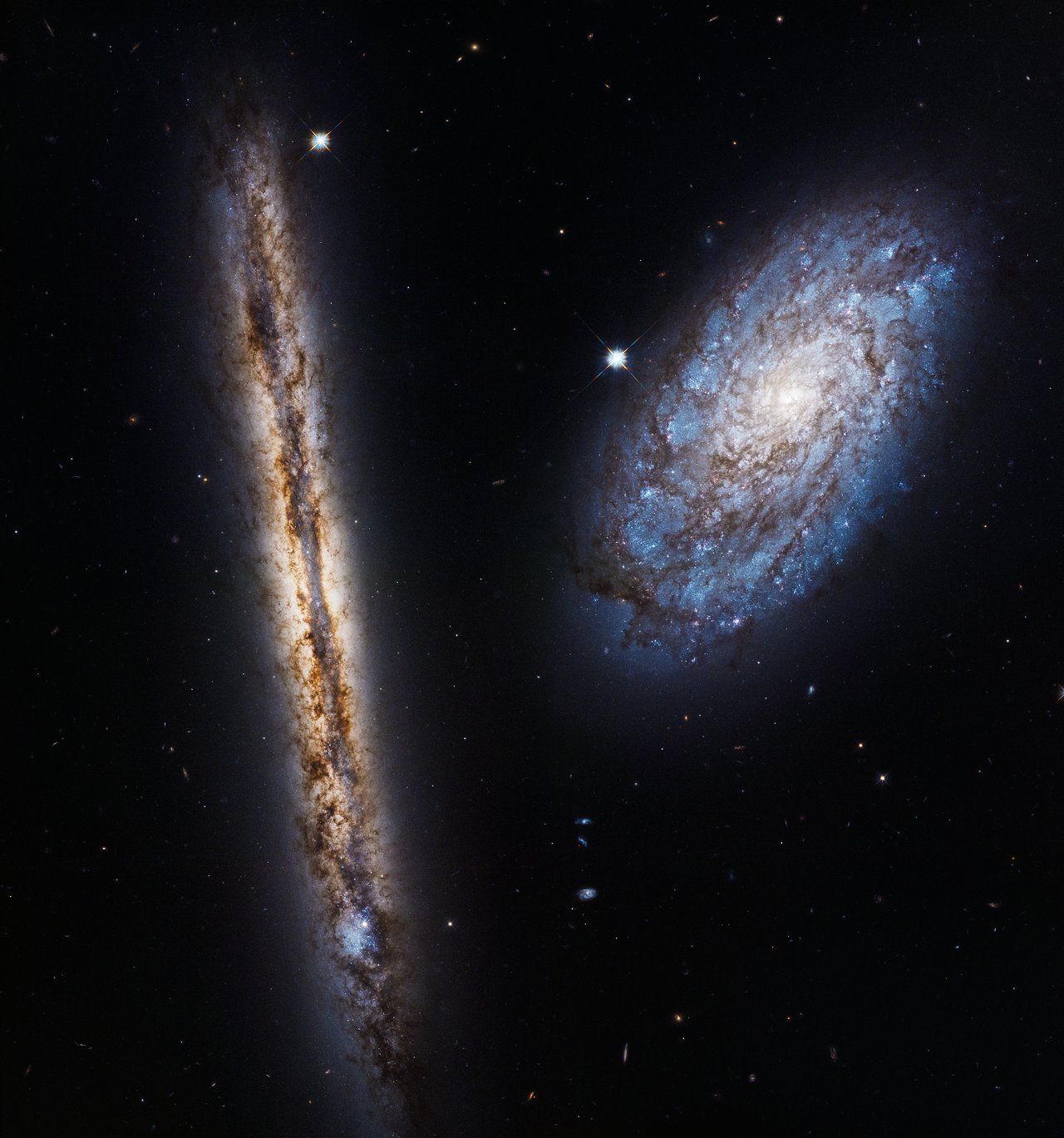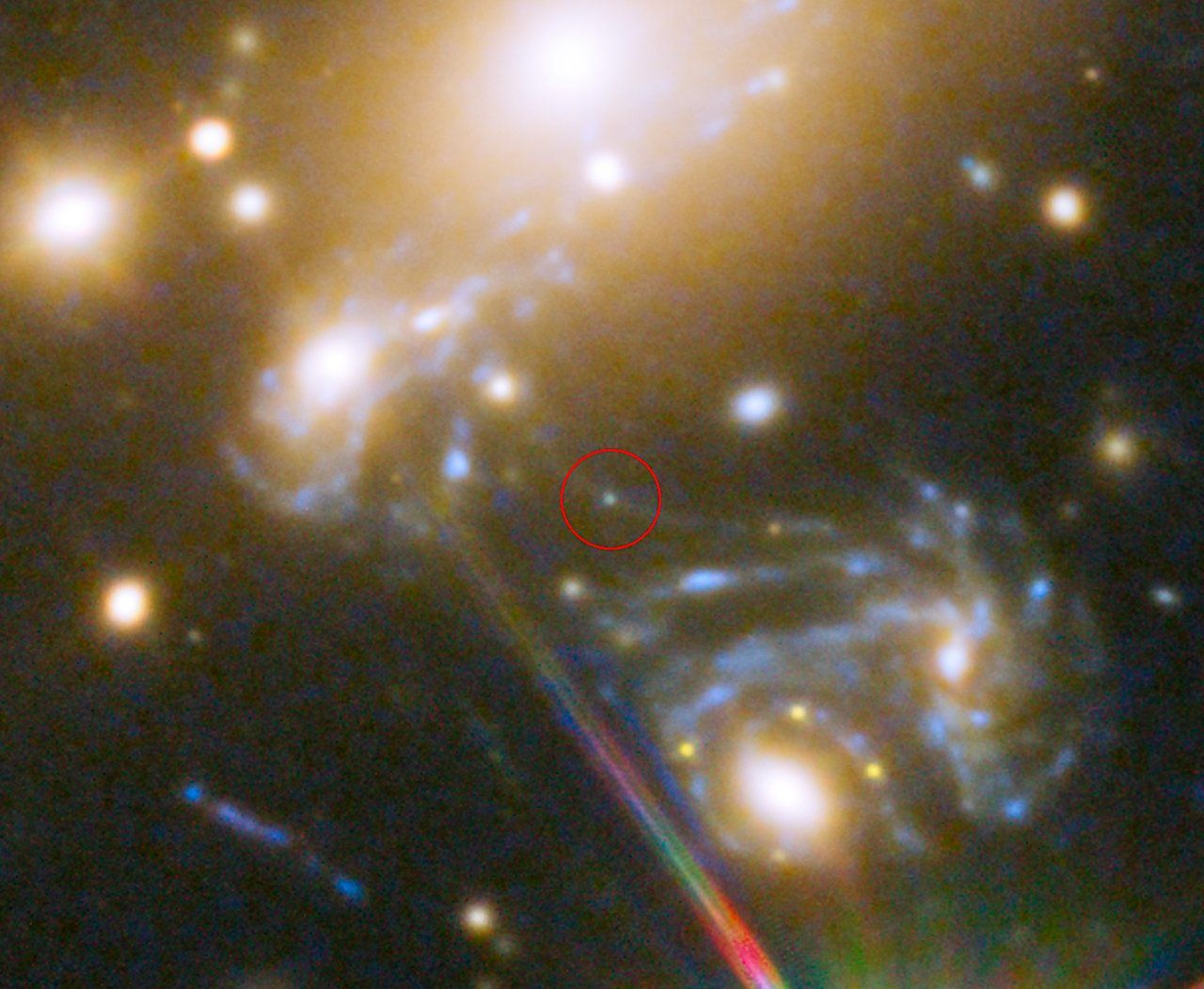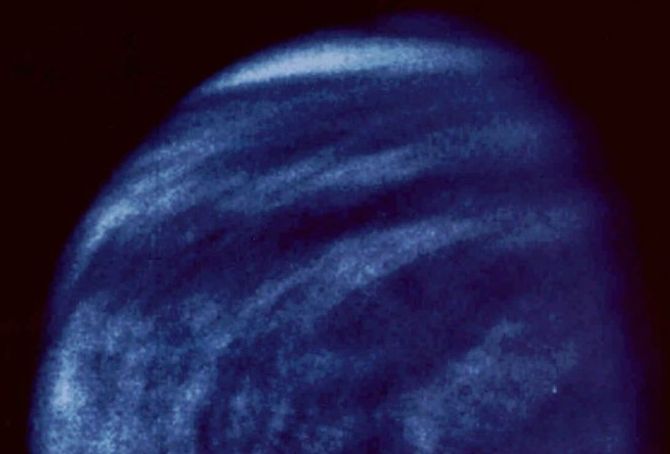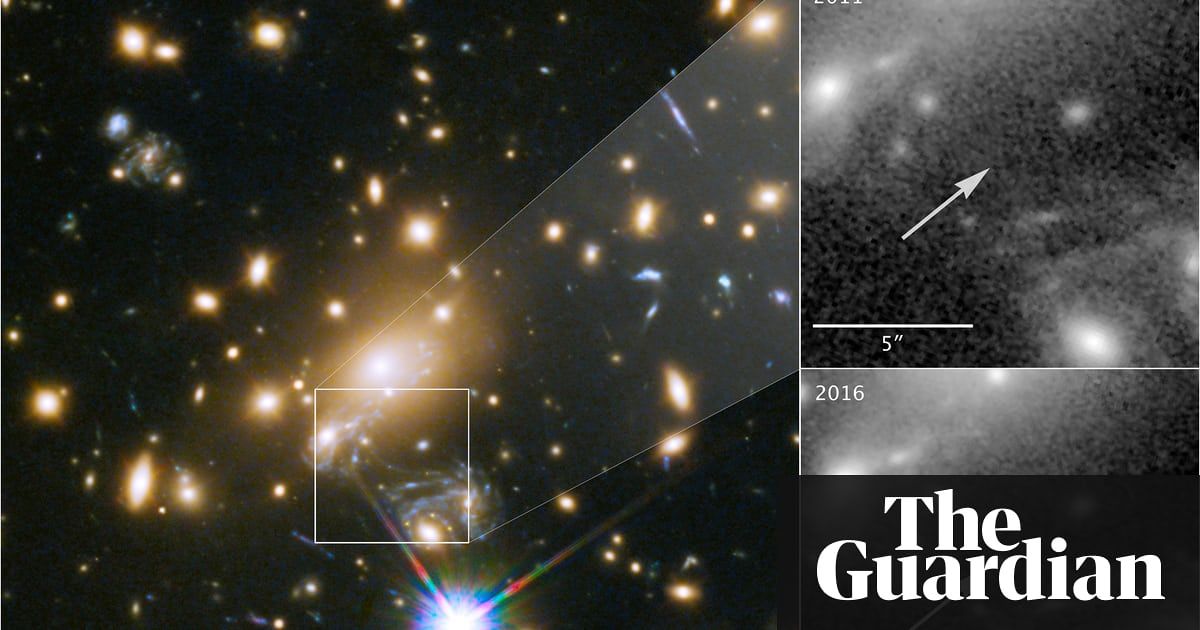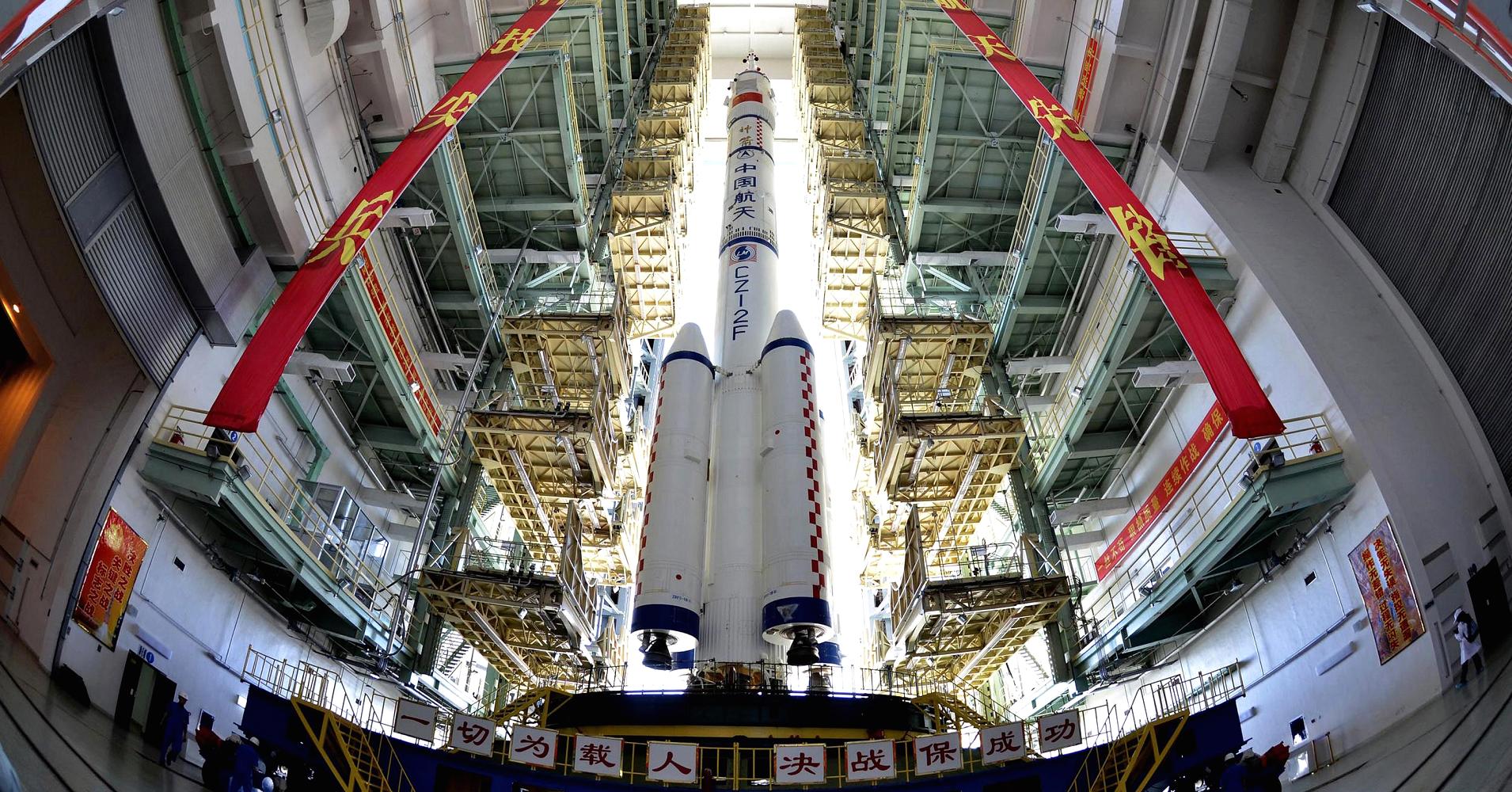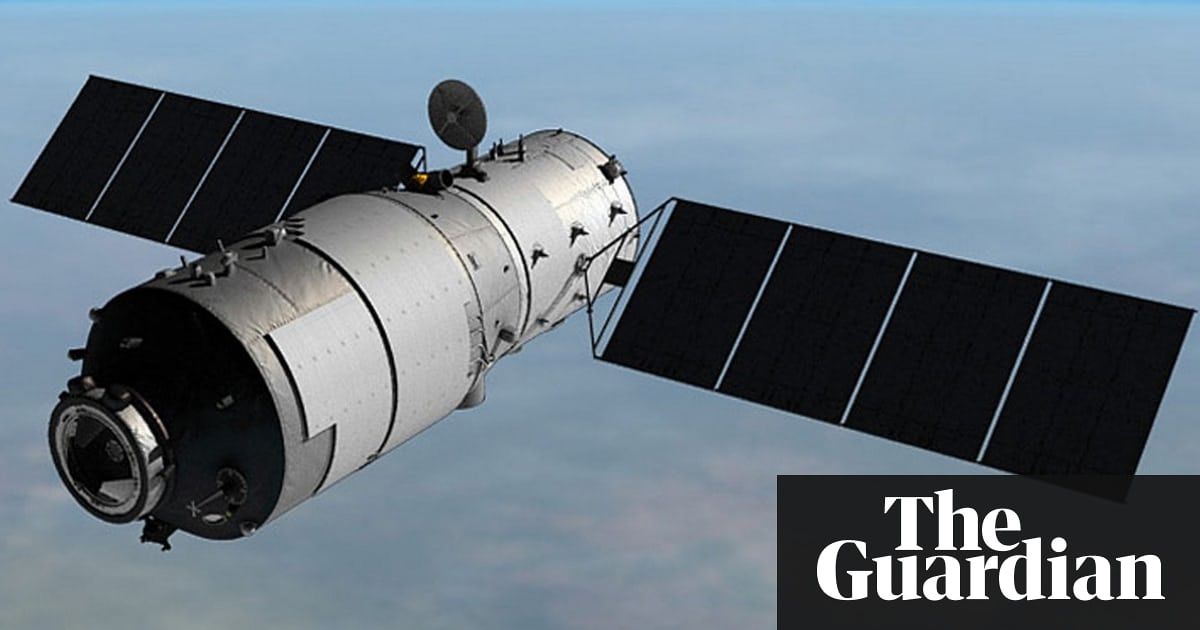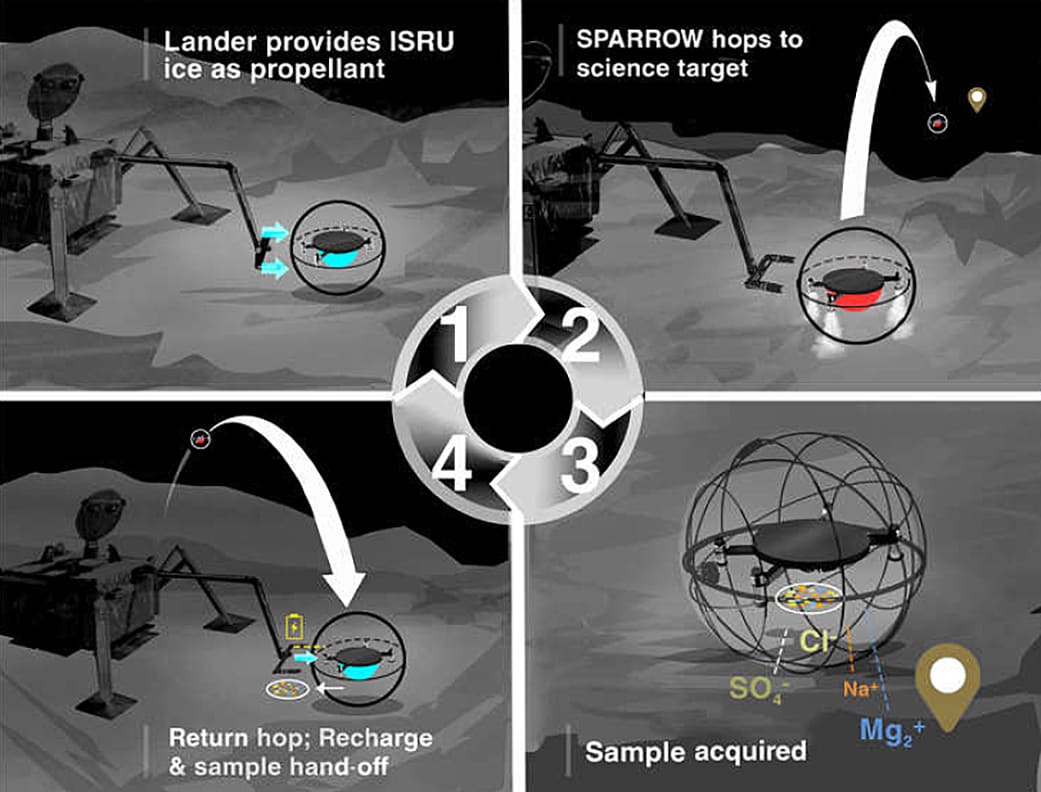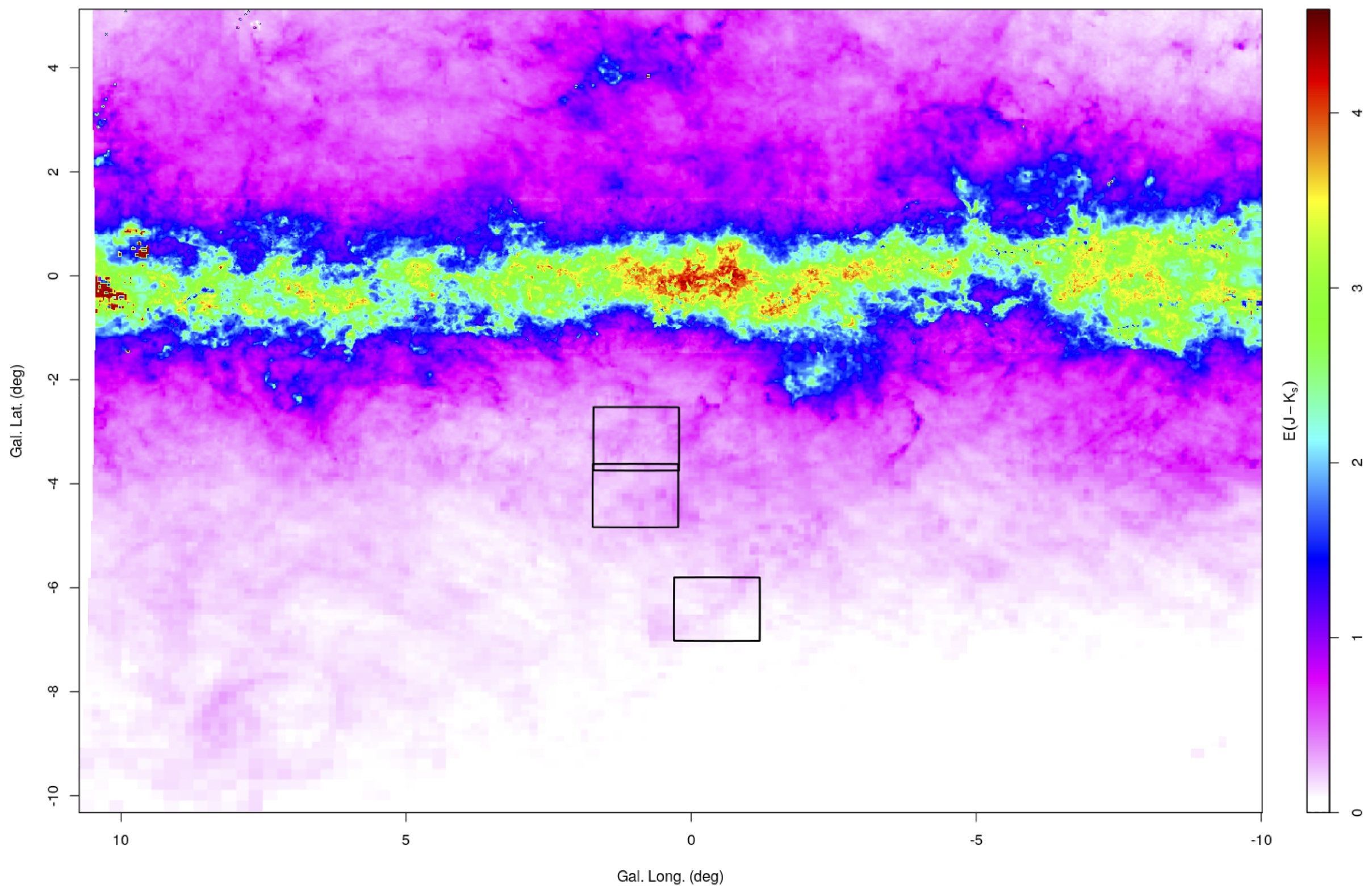
The first large-scale age-map of the Milky Way shows that a period of star formation lasting around 4 billion years created the complex structure at the heart of our galaxy. The results will be presented by Marina Rejkuba at the European Week of Astronomy and Space Science (EWASS) in Liverpool on Tuesday, 3rd April.
The Milky Way is a spiral galaxy with a bulge at the centre, thousands of light years in diameter, that contains about a quarter of the total mass of stars. Previous studies have shown that the bulge hosts two components: a population of metal-poor stars that have a spherical distribution, and a population of metal-rich stars that form an elongated bar with a “waist”, like an x or a bi-lobed peanut. However, analyses of the ages of the stars to date have produced conflicting results. Now, an international team led by astronomers from the European Southern Observatory (ESO) have analysed the colour, brightness and spectral information on chemistry of individual stars to produce the age-map of the Milky Way.
The team have used simulated and observed data for millions of stars from the VISTA Variables in the Via Lactea (VVV) infrared survey of the inner Milky Way and compared them with measurements of the metal content of around 6000 stars across the inner bulge from a spectroscopic survey carried out with the GIRAFFE/FLAMES spectrograph on the ESO Very Large Telescope (GIBS).
Read more
